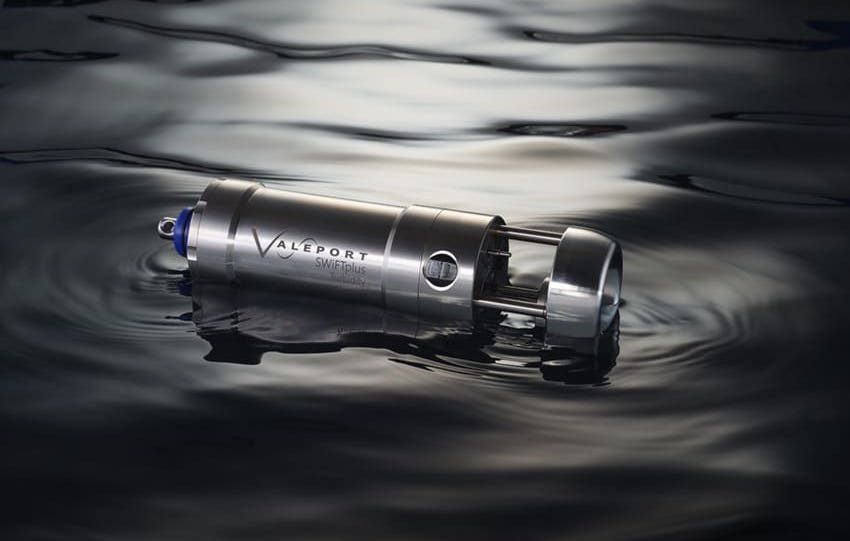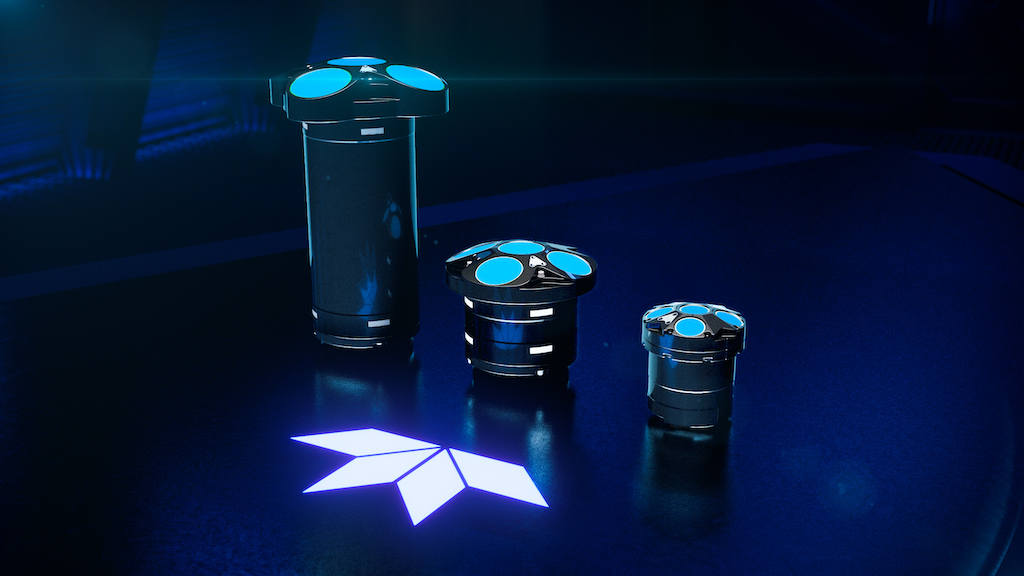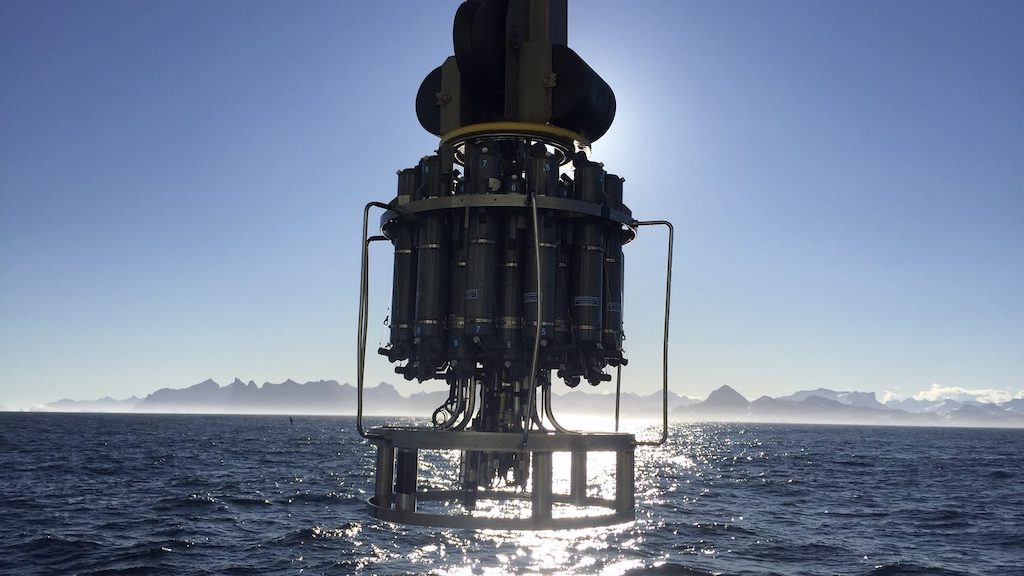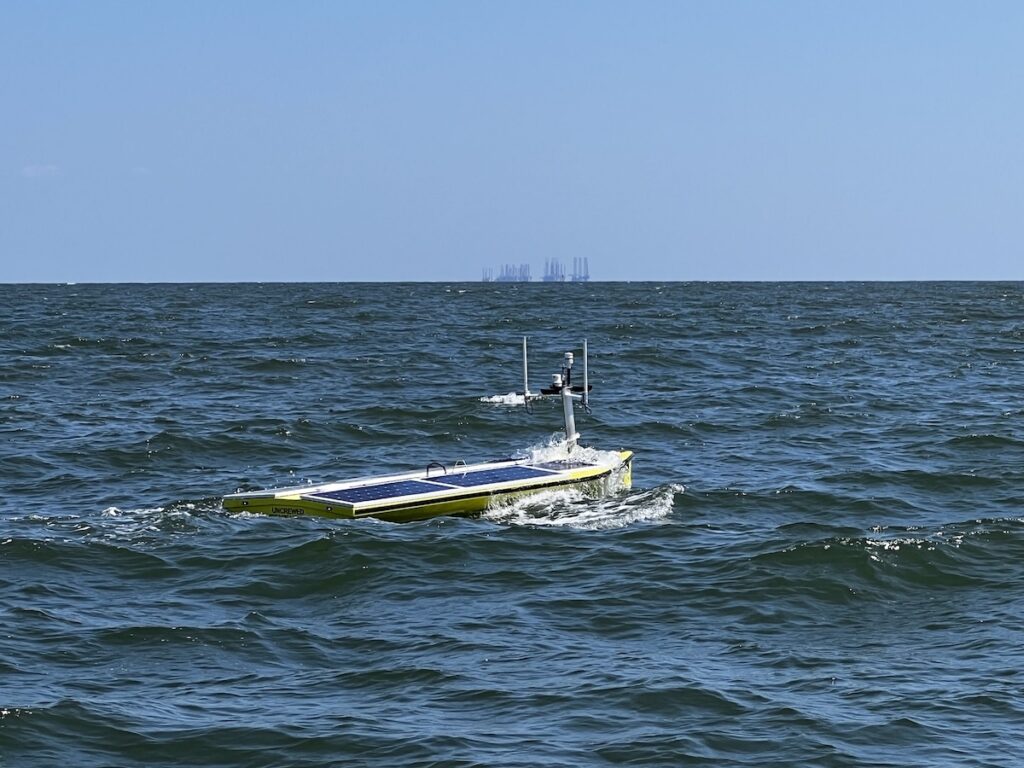Suppliers
Add your company
High-Performance Instruments, Sensors & Technologies for Exploring & Monitoring Subsea Environments
Telemetry Tracking Beacons & Equipment for Marine & Offshore Applications
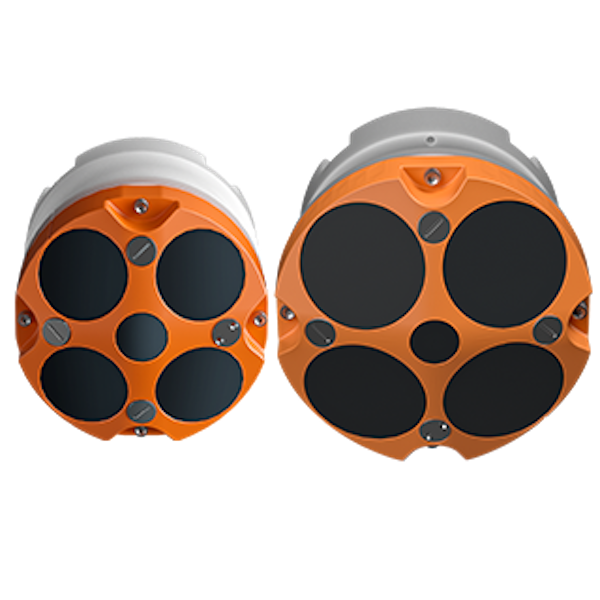
Professional Marine Survey Solutions for Ultra-Efficient Hydrographic, Bathymetric & Hydrological Data Collection
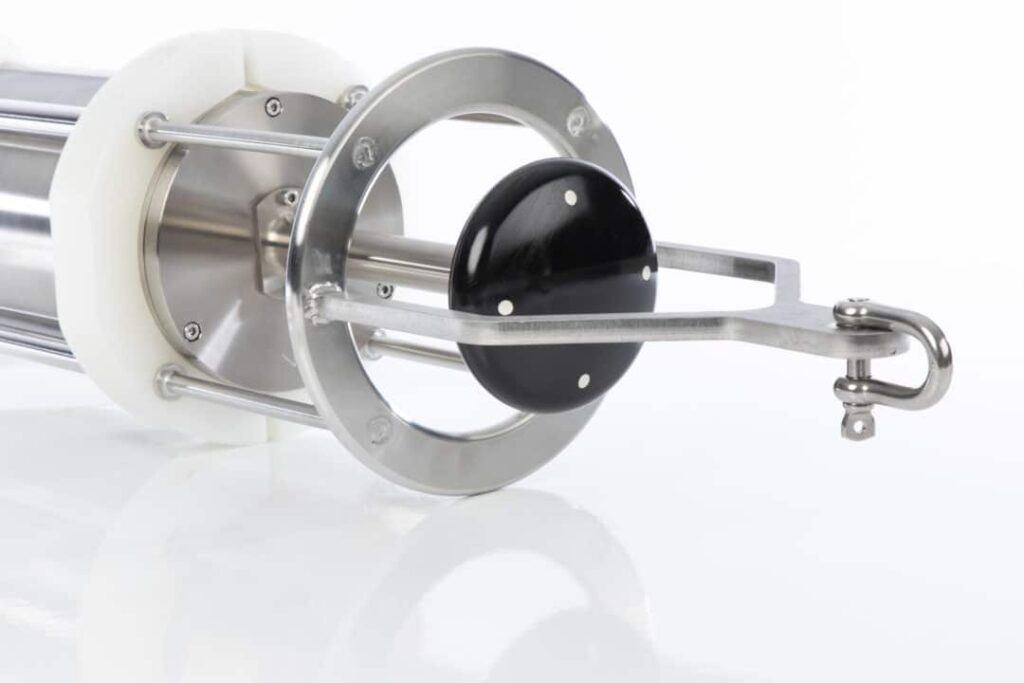
High-Precision Oceanographic Sensors & Hydrographic Measurement Solutions for Marine & Subsea Platforms
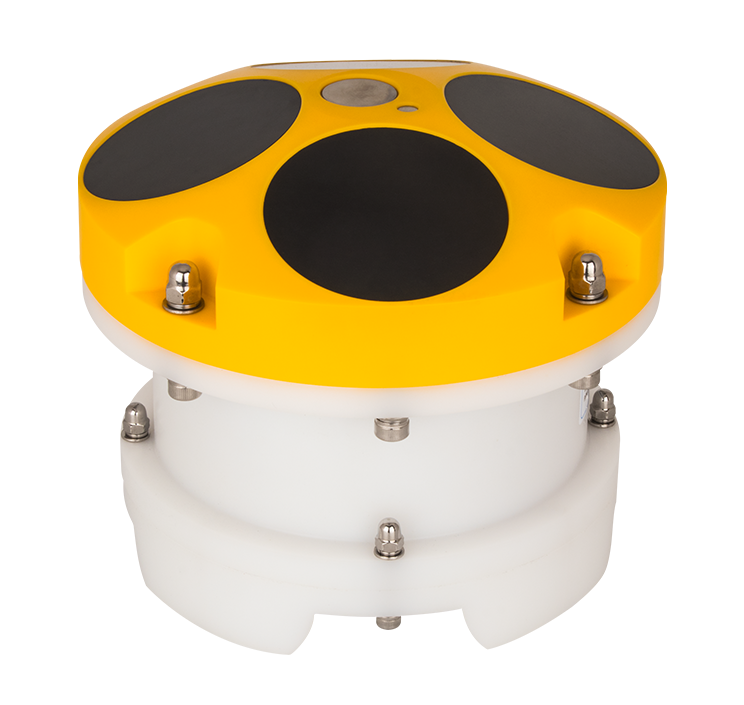
Cutting-Edge Surveying, Positioning & Sensing Solutions for Hydrographic & Oceanographic Applications
If you design, build or supply Water Current Meters, create a profile to showcase your capabilities on this page
Products
Water Current Meters
Water current meters are essential oceanographic instruments engineered to quantify the velocity and directional movement of water in marine, coastal, and freshwater environments.
Used extensively across oceanography, hydrology, and marine engineering applications, these sensors are foundational to data collection campaigns that monitor tidal flows, river discharges, and subsurface current dynamics in both sea and inland waters.
These instruments typically measure current speed and direction at various depths, supporting both surface and submersible deployment scenarios. Whether used in long-term autonomous monitoring arrays or for short-duration survey operations, current meters contribute high-resolution data that informs scientific research, navigational safety, offshore construction, and environmental impact assessments.
Water Current Meter Technologies and Measurement Principles
Modern water current meters utilize a range of sensing principles to deliver precise hydrodynamic readings. Common designs include:
Electromagnetic Water Current Meters, which operate based on the Faraday principle by detecting voltage changes induced by water movement across a magnetic field.
Acoustic Doppler Current Profilers (ADCPs), which rely on the Doppler shift of sound waves scattered back from particles suspended in the water column, enabling three-dimensional profiling across various depths.
Mechanical rotor-based meters, often favored in rugged environments for their simplicity and durability in field deployments.
Digital water current meters have become increasingly prevalent, integrating real-time telemetry, onboard data logging, and remote configuration capabilities. This digitization enhances deployment efficiency and reduces the need for post-mission data recovery.
Application Domains of Water Current Meters
In oceanographic research, water current meters are critical for mapping boundary layer turbulence, thermohaline circulation, and cross-shelf exchange mechanisms. These tools are also vital in hydrodynamic modeling, where accurate current profiles improve simulations of estuarine and coastal transport phenomena.
In riverine environments, river water current meters help quantify discharge volumes, monitor sediment transport, and calibrate flood models. In ports and harbors, real-time current data informs vessel traffic control systems, ensuring safer navigation under complex flow conditions.
Sea water current meters deployed on moored buoys or autonomous underwater vehicles (AUVs) provide long-duration flow measurements for deep-ocean observation networks. These instruments are often integrated with additional sensors for temperature, salinity, and pressure, creating comprehensive oceanographic datasets.
Engineering and Deployment Considerations
Water current meters must withstand significant environmental challenges, including biofouling, high pressure at depth, and dynamic flow regimes. Instrument housings are typically constructed from corrosion-resistant materials such as titanium or marine-grade composites to ensure structural integrity over extended deployments.
Deployments vary from handheld survey tools for wading streams to robust seabed-mounted frames for offshore monitoring. Tethered solutions may offer real-time data feeds via acoustic modems or inductive cables, while standalone systems often feature high-capacity batteries and large onboard storage.
Digital interfaces and adaptive sampling protocols have further optimized operational performance. For instance, smart logging routines reduce power consumption during low-activity periods while increasing sampling frequency during high-flow events, enhancing data relevance without compromising longevity.
Procurement and Market Overview
The water current meter price spectrum reflects variations in sensor capabilities, data interfaces, and deployment depth ratings. Basic current meter water velocity devices intended for freshwater studies typically cost significantly less than deep-sea-rated systems designed for year-long missions in harsh oceanic conditions.
Manufacturers now offer modular systems compatible with a variety of platforms, including fixed monitoring stations, drifting buoys, and unmanned surface or underwater vehicles. Select models also support remote firmware updates and calibration routines, reducing the need for manual servicing.
When selecting a current meter, it is crucial to consider environmental factors, required accuracy, integration needs, and maintenance logistics. Advanced instruments with electromagnetic or Doppler capabilities provide superior precision, particularly in turbulent or variable flow conditions.











